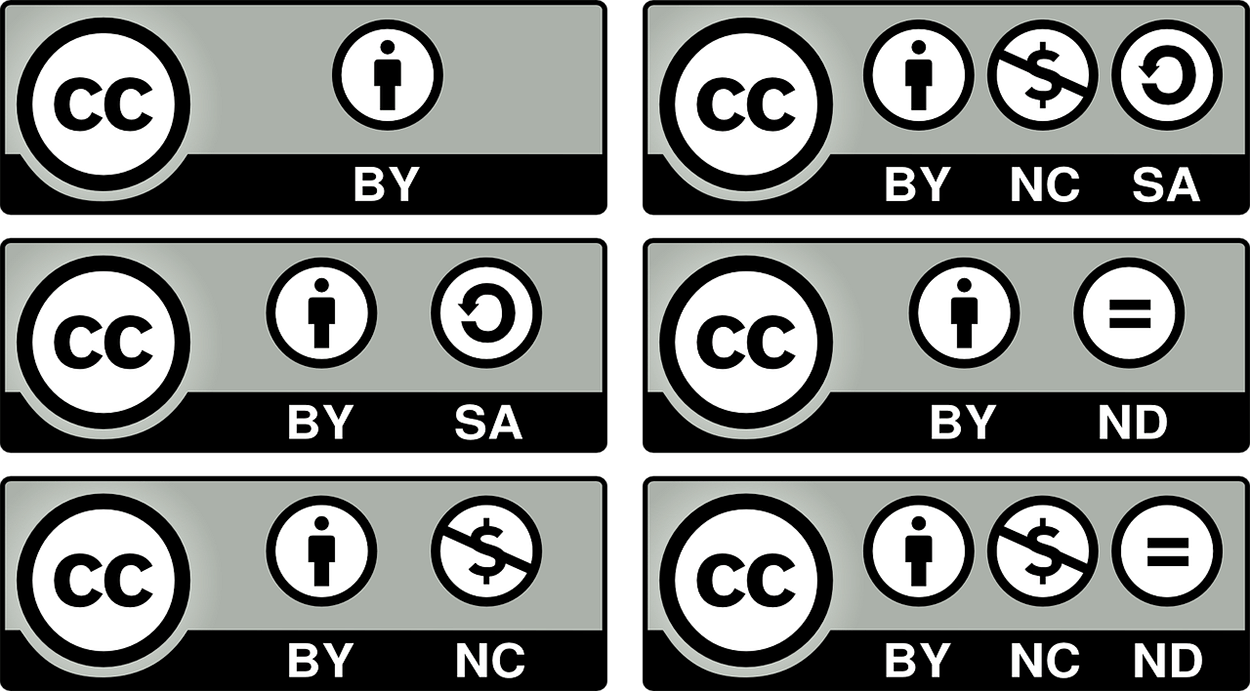Table of Contents |
Remix culture refers to a creative environment where existing works are transformed, reinterpreted, and recombined to create new expressions and meanings. This culture thrives on the idea that content is not created in a vacuum but is influenced by and builds upon previous works, fostering innovation across various media forms. Remix culture encourages the creation of derivative works by combining or editing existing materials, allowing for efforts to improve upon, change, integrate, or otherwise remix the work of other creators.
This phenomenon is particularly prominent in the digital age, where technology makes it easier to access, manipulate, and share media. Examples include music mashups, fan edits of films, and viral video remixes on social media platforms. Remix culture highlights the participatory nature of creativity, encouraging users to engage with and contribute to the collective knowledge of art, music, film, and more. It also raises important discussions about intellectual property rights and the balance between creative freedom and protection for original creators.
All rights reserved is the default copyright status where a creator retains all the exclusive rights to their work. This means that others cannot use, distribute, or modify the work without explicit permission from the copyright holder. It provides the maximum level of protection for the creator, ensuring that they control how their work is used and shared. This is an important consideration for artists, because the nature of a copyright is to prevent remixing and reusing, or to ensure financial compensation if a work is edited or shared. While remix culture, or the copyleft movement supports collaborative creation, some creators want to limit the ways in which their work can be shared or reimagined. Creative Commons (CC) licenses allow users to stipulate whether their work can be shared, reused, and remixed. There are several different license types available through CC. Certain CC licenses permit others to remix and reuse with no limitations while others require an attribution be given to the original creator. Some licenses stipulate whether the work can be made for profit or if the remixer must allow others to continue to edit the work after their modifications.

Remix and reuse culture thrives on digital platforms that facilitate the sharing, transformation, and distribution of creative works. These platforms provide the tools and communities necessary for creators to build upon existing content, fostering innovation and collaboration.
As the largest video-sharing platform, YouTube is a hub for remix culture. Creators upload videos that often incorporate clips from movies, music, and other videos, creating mashups, parodies, and fan edits. YouTube’s Content ID system helps manage copyright issues by allowing rights holders to monetize or block content that uses their material. Despite some challenges with copyright enforcement, YouTube remains a central platform for video remixes.
SoundCloud is an audio-sharing platform popular among musicians and DJs who create remixes and mashups of existing songs. SoundCloud allows users to upload, share, and comment on tracks, fostering a community of music enthusiasts. The platform supports Creative Commons licenses, enabling artists to specify how their work can be used by others.
Built for photographers and visual artists, Flickr offers a space to share and remix images. Users can upload photos and apply Creative Commons licenses, making it easier for others to legally use and modify their work. Flickr’s extensive library of images provides a rich resource for creators looking to incorporate visual elements into their projects.
Similar to YouTube, Vimeo is a video-sharing platform that caters more to professional filmmakers and artists. It supports Creative Commons licensing and offers tools for high-quality video production and sharing. Vimeo’s community is known for its focus on artistic and creative content, making it a valuable platform for video remixes and collaborations.
The microblogging platform Tumblr is a hotspot for remix culture, particularly in the realms of GIFs, memes, and fan art. Tumblr’s reblogging feature allows users to easily share and build upon each other’s posts, creating a dynamic and collaborative environment. Reblogging is the act of reposting content from one blog or social media account to another, while crediting the original source. The platform supports various forms of media, including text, images, and videos, making it versatile for different types of remixes.
While primarily a platform for software development, GitHub’s version control and collaborative features make it ideal for remixing code. Developers can fork repositories, make changes, and contribute back to the original project, fostering a culture of open-source collaboration and innovation. A fork refers to creating a personal copy of someone else’s project.
Scratch is a block-based visual programming language and online community primarily aimed at children and beginners. Developed by the Massachusetts Institute of Technology (MIT) Media Lab, Scratch allows users to create interactive stories, games, and animations by snapping together code blocks like puzzle pieces. This approach makes it easy to learn the basics of programming without needing to write complex code. In addition to its educational benefits, Scratch fosters a collaborative environment where users can share their projects, receive feedback, and remix others’ work. This community aspect encourages creativity and learning through interaction and exploration. Scratch is widely used in schools, after-school programs, and coding clubs around the world, making it an accessible and engaging way to introduce programming to young learners.
These platforms not only provide the technical tools needed for remixing but also cultivate communities that encourage sharing and creative expression. By supporting various forms of media and offering flexible licensing options, they play a crucial role in the growth and sustainability of remix culture. Whether through video, music, photography, or code, these platforms enable creators to explore new possibilities and push the boundaries of traditional media.
Source: THIS TUTORIAL WAS AUTHORED BY SOPHIA LEARNING. PLEASE SEE OUR TERMS OF USE.